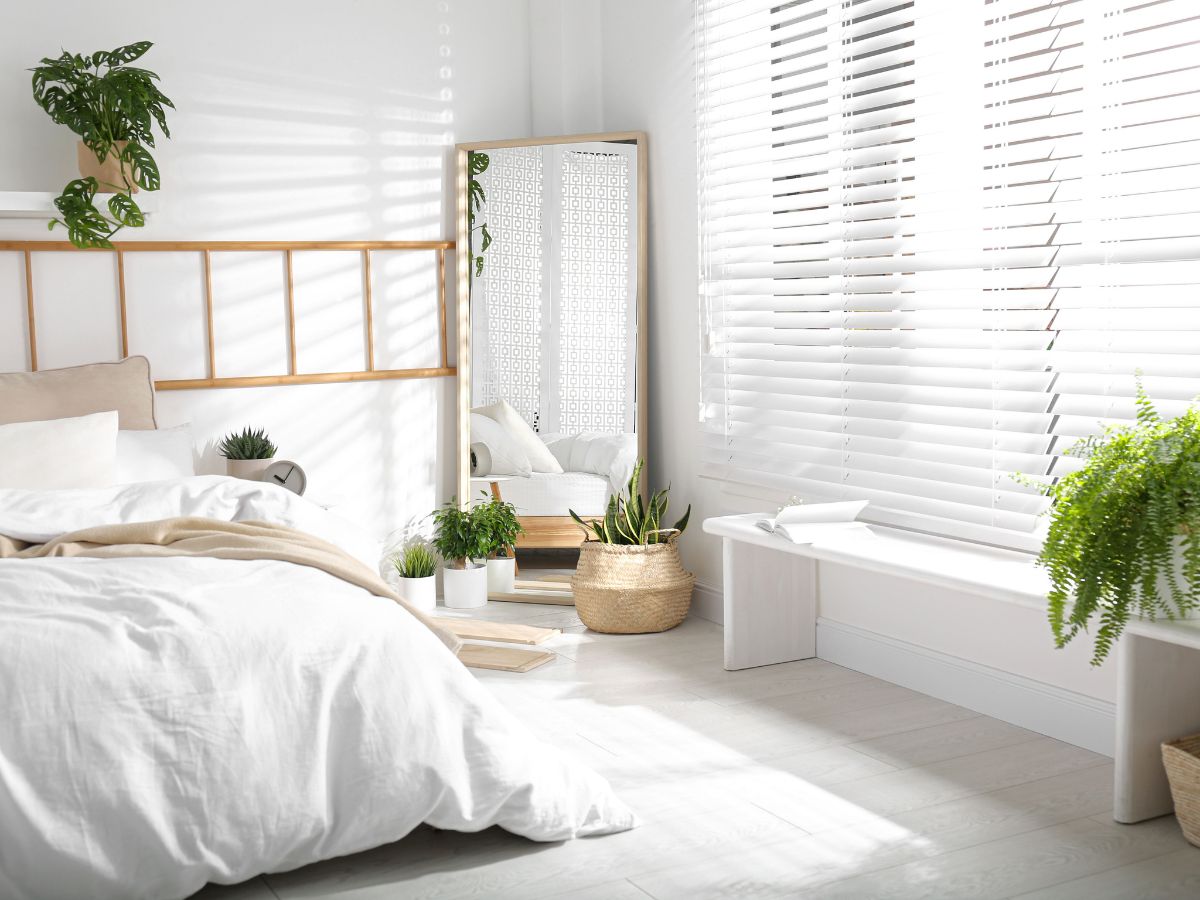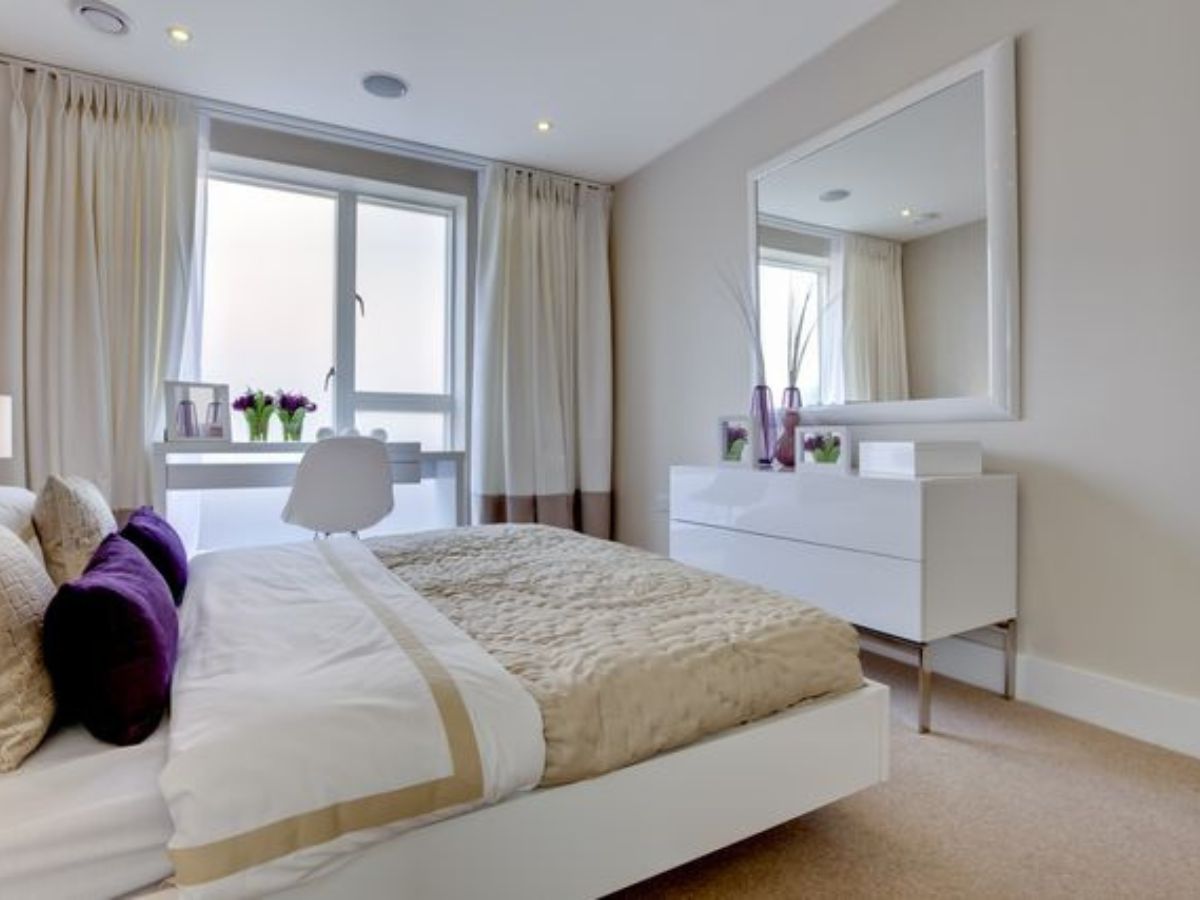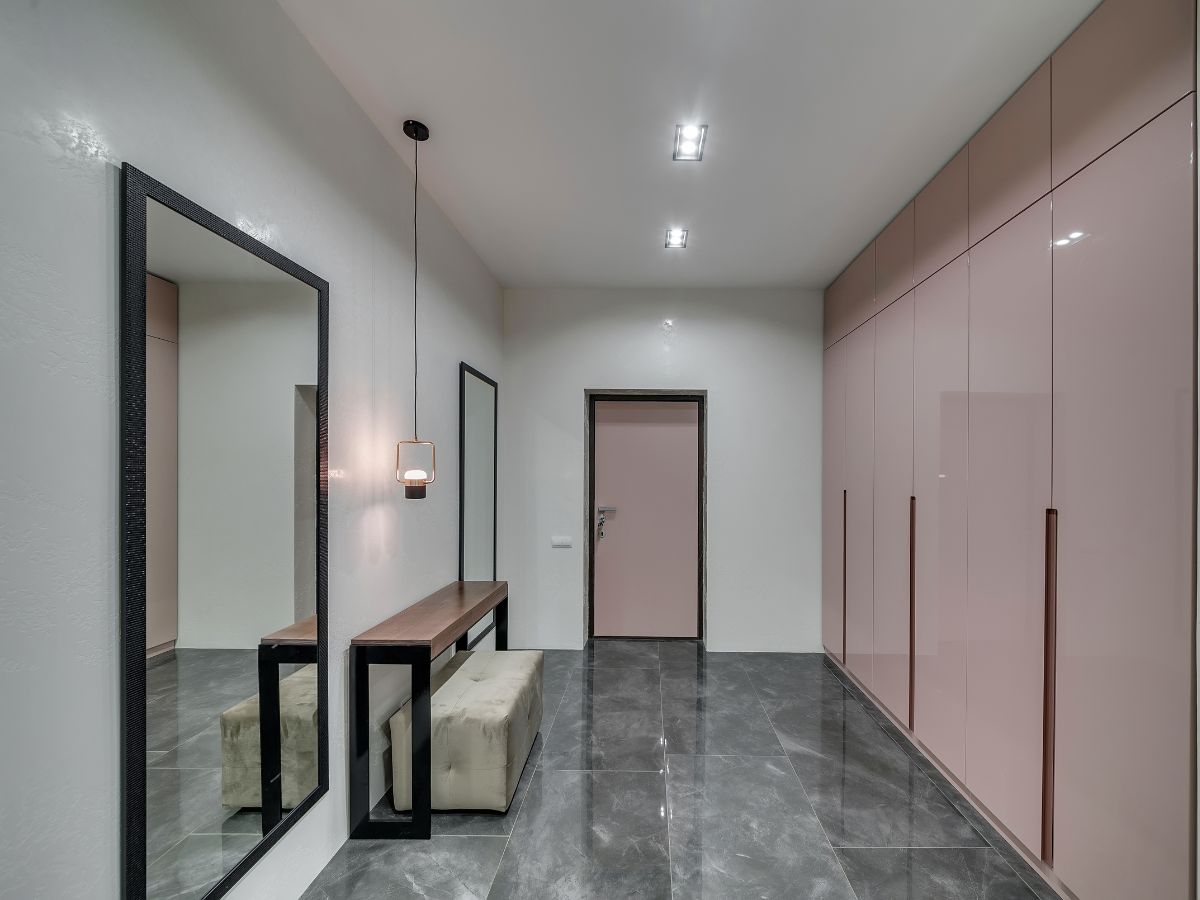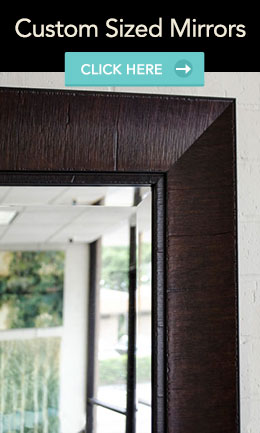
7 Creative Ways to Style With Mirrors in Interior Design
Mirrors are one of the most powerful tools in an interior designer’s arsenal. They reflect light, create depth, and double as decorative focal points. Using custom-sized mirrors adds sophistication and intentionality to any design. Let’s break down seven creative ways to style them.
1. Amplify Light and Space
It’s no secret: mirrors make rooms feel brighter and bigger. Placing a large rectangular-framed mirror opposite a window reflects natural light deep into your design. This technique instantly makes compact rooms feel open and inviting. Studies show that strategic mirror placement can amplify light perception and depth in small spaces.
2. Define Zones in Open Layouts
In open-plan living areas, a tall framed mirror can serve as a visual partition. Positioned between dining and living zones, it clarifies the layout without blocking sightlines. In a London case study, designers used reflective surfaces to subtly separate spaces while keeping them connected.
3. Create a Stunning Focal Point
A custom-sized mirror above a fireplace, console, or headboard acts like an elegant piece of art. Choose a frame that echoes your room’s palette such as sleek black for modern schemes, warm wood for rustic vibes, or a statement ornate style for luxury designs. Oversized rectangular mirrors enhance visual appeal and sophistication.
4. Construct Mirror Grids for Drama
Building a grid of identical square or rectangular mirrors transforms any blank wall into a multidimensional installation. This creates architectural interest and expands visual space. Interior design blogs have reported that antique-style mirrored walls are trending again, offering glamour and elegance.
5. Layer Mirrors With Décor Accents
Layering smaller framed mirrors with tabletop décor, sconces, or art adds depth and personality. A mirror behind a vase or lamp amplifies texture and light, turning ordinary objects into visual statements.
6. Mirror the View
Placing a frame that reflects greenery, artwork, or architectural details brings those elements deeper into the room and creates continuity. Mirrors have the power to enhance spatial perception by reflecting meaningful views.
7. Lean Mirrors for Casual Style
Leaning a large rectangular framed mirror against a wall—like behind a sofa or desk—gives a relaxed, editorial look. It adds vertical height and is easy to reposition seasonally. Mirrored surfaces can reduce energy use by maximizing light, enhancing sustainability.
Mirrors look simple but used well, they become transformative design tools. Custom framed mirrors allow you to tailor scale, proportion, and mood. Whether brightening small spaces, structuring open layouts, or creating statement walls, mirrors are functional, stylish, and endlessly creative.



